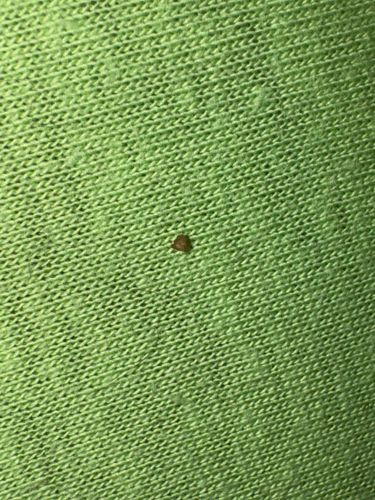Bed Bug
Scientific Name: Cimex lectularius
Order & Family: Hemiptera (true bugs), Cimicidae
Size: Adults are typically 4-5 mm (0.16-0.20 inches) long, similar in size to an apple seed.

Natural Habitat
Primarily human dwellings, especially in cracks and crevices of mattresses, bed frames, furniture, and walls. They are nocturnal and hide during the day.
Diet & Feeding
Strictly hematophagous, meaning they feed exclusively on the blood of warm-blooded animals, primarily humans. They pierce the skin with their proboscis and feed for 3-10 minutes.
Behavior Patterns
Nocturnal feeders, attracted by carbon dioxide and body heat. They tend to live in groups in harborage areas close to their hosts. Female bed bugs lay 1-5 eggs per day, gluing them to surfaces in their hiding spots. Nymphs (immature bed bugs) go through five instars, each requiring a blood meal to molt and grow.
Risks & Benefits
Potential risks include itchy bites, skin rashes, allergic reactions, and secondary infections from scratching. They are not known to transmit diseases to humans. There are no known benefits of bed bugs to humans or the ecosystem, as they are considered pests.
Identified on: 9/15/2025